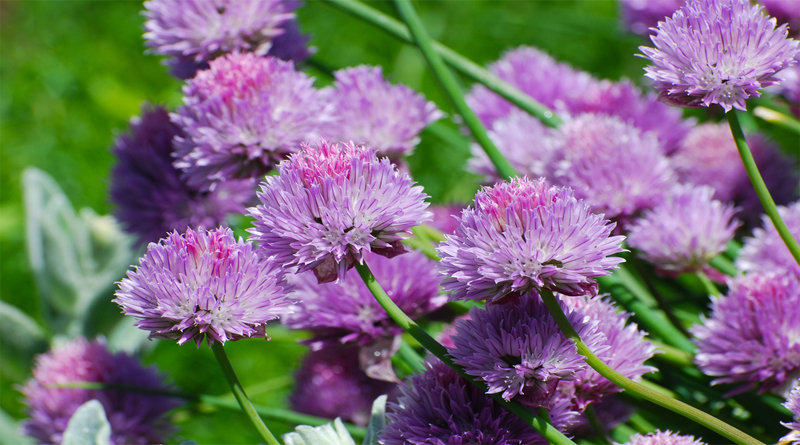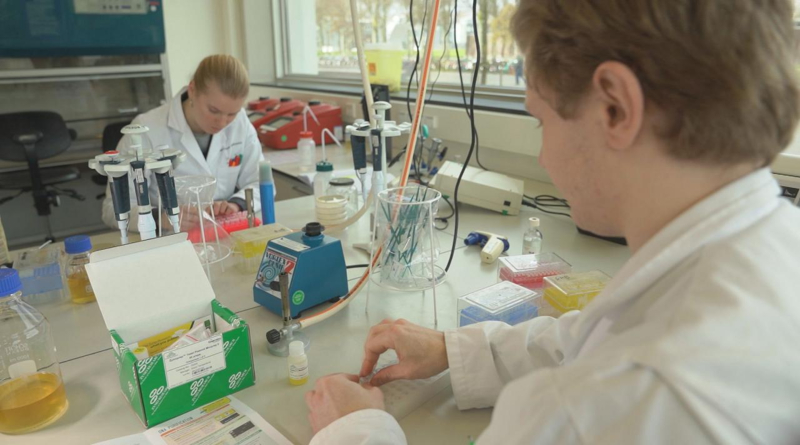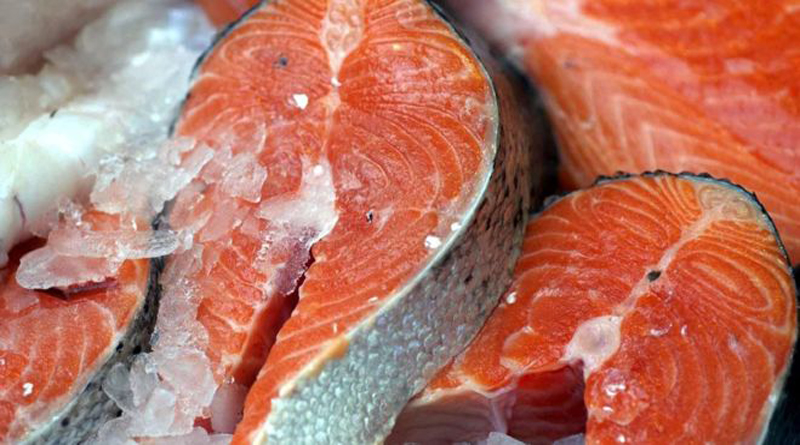Edible petals offer a promising source of bioactive nutrients, Portuguese researchers have said.
“Apart from the ‘glam’ factor, edible flowers have important nutritional characteristics and can constitute new sources of bioactive compounds,” researchers from the Polytechnic Institute of Bragança in Portugal wrote in their paper.
“They represent an unexplored niche market with great economic and social importance being used since ancient times in culinary preparations, such as sauces, liquors, salads and desserts, and also in the preparation of hot beverages (tisane and infusion), mainly in European countries, due to their medicinal properties.”
The researchers selected edible petals and infusions of dahlia, rose, centaurea and calendula – commonly known as marigolds and already used by the nutrition industry as a source of carotenoids.
Picking petals
They analysed the macronutrient composition, energetic value, fatty acids, soluble sugars, organic acids and tocopherols of the petals, which was then compared to the nutritional composition of their infusions.
According to the results published in the journal Food Chemistry, calendula petals provided the highest content in total fat, ash and energetic contribution, polyunsaturated fatty acids mainly as linolenic acid and total tocopherols mainly as alphatocopherol.
The researchers also found the highest values of total proteins, soluble sugars and organic acids in rose petals.
Meanwhile centaurea provided the highest carbohydrate content and the lowest percentage of saturated fatty acids.
Tea time
For the infusions, dahlia and rose showed the highest content in carbohydrates and rose the highest energetic contribution.
Calendula infusion showed the highest content in sugars, while the highest content in organic acids was found in the centaurea infusion.
“These results demonstrate that edible petals can be consumed in a daily diet as a nutrient source, and could also be used to prepare infusions to be consumed worldwide,” the researchers said.
Source: Food Chemistry







